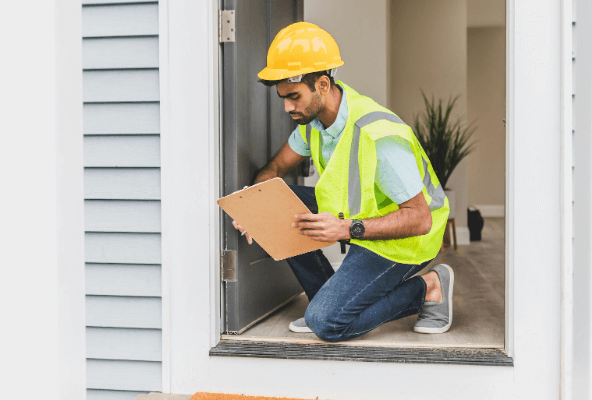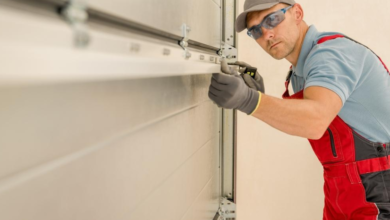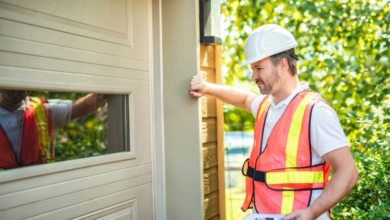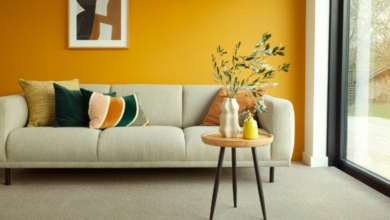TM59 Overheating Assessment: Protecting Homes from Rising Temperatures

Modern building design has come a long way in terms of energy efficiency. Better insulation, airtightness and high-performance glazing have reduced dramatically damage in winter. But this progress has also created an unexpected problem: overheating over the summer months. With Britain’s normal summer, the risk of converting homes into summer nets is real.
To address this, Chartered Institution of Building Services Engineers (CIBSE) published TM59: Design method for assessing overheating for risk in homes. This guidance has become a standard reference for architects, developers and engineers when designing new residential properties.
What Is a TM59 Overheating Assessment?
A TM59 overheating assessment is a simulation-based study that predicts how hot a home is likely to get in summer. Instead of guesswork, it uses dynamic thermal modelling software to create a digital version of the building. The model takes into account construction details, local weather files, occupancy patterns, and ventilation strategies.
The results show whether residents will remain within safe and comfortable temperature ranges—or whether design changes are needed.
Why Overheating Is a Growing Problem
Many factors are running the importance of TM59 evaluation in Birmingham, London and UK:
- Climate change: UK summer is getting long and warm. Heatwaves that were once rare are now regular events.
- Urban Heat Island Effects: The city estimates more heat due to concrete, asphalt, and limited green places, leading to increased local temperature.
- Modern Building Design: High level insulation and airtight, while the cool for winter efficiency reduces the cold natural summer.
- Large glazing region: windows from glass walls from floor-to-west or west can allow excessive solar benefits.
- High density growth: apartments with limited cross-ventilation are particularly weak.
- Overheating is not only uncomfortable: It can be dangerous, especially for elderly residents, young children or people with health conditions.. TM59 assessments directly address these risks.
The TM59 Compliance Criteria
CIBSE TM59 sets out two main comfort tests:
- Living rooms, kitchens, and bedrooms (daytime):
Temperatures must not exceed 26°C for more than 3% of annual occupied hours during summer.
- Bedrooms (nighttime):
The temperature between 10pm and 7AM should not exceed 26 ° C for more than 1% hour.
Either failure to meet the standard means that the property is at risk of overheating.
The TM59 Assessment Process
Here’s what typically happens during a TM59 assessment:
- Building Model Creation: The assessor inputs architectural drawings, construction materials, glazing types, insulation values, and ventilation systems into software such as IESVE or DesignBuilder.
- Weather File Selection: Current and future climate scenarios are tested using CIBSE-approved weather data for the property’s location.
- Internal Gains Applied: Heat sources such as appliances, occupants, and lighting are factored in.
- Occupancy Scenarios Run: Simulations test both day and night usage patterns to reflect real-life living.
- Results Compared: Outcomes are checked against TM59 criteria.
- Recommendations given: If the house fails, the strategies are suggested to reduce overheating.
Strategies to Reduce Overheating
Practical changes can often fix the problem when no design meets TM59 standards. General recommendations include:
- Solar control glazing or external shedding device (Bris-Salel, Shutter, Laurs).
- Improve cross-ventilation through open windows on individual cells.
- Using mechanical ventilation with night Paraj ventilation safe night opening or heat recovery (MVHR) system.
- The size of glazing was reduced to reduce the exposure from the west or the windows were reducing again.
- The use of thermal mass, such as exposed concrete or brickwork, to absorb heat during the day and leave at night.
- Hot ceilings and green roofs to reflect heat and reduce solar gains.
- By integrating these strategies quickly, developers can avoid expensive redesign in later stage.
Who Needs a TM59 Assessment?
TM59 assessments are most commonly required for:
- New-build residential developments (apartments, townhouses, student housing).
- Urban schemes where heat island effects are significant.
- Large-scale refurbishments that change ventilation or glazing patterns.
- Planning applications in areas where overheating concerns are highlighted by local authorities.
- Many planning departments now request TM59 compliance evidence as part of their sustainability and comfort standards.
Benefits Beyond Compliance
While TM59 is mainly about safety and regulation, it brings many wide benefits:
- Better resident good: Homes are healthy and more comfortable.
- Low risk of complaints: Developers avoid disputes with buyers or tenants.
- Future proofing: Scripts are designed to cope with both today and tomorrow’s climate.
- Preacher’s reputation: Developers who prefer living comfort receive strong reliability in the market.
The Future of Overheating Standards
Overheating is expected to remain a key focus of UK building regulations. Future modifications for Part O of Construction Rules are already closely associated with TM59 guidance. This means that overheating assessment will not only be the best practice, but may soon be mandatory in all new residential buildings.
So, a TM59 overheating assessment is more than a box-ticking exercise. This ensures that homes are designed for real comfort and safety, not only for theoretical energy efficiency. Hotter summer experience in cities such as Climate Change and Birmingham is one of the most clever investment developers and architects, except this evaluation in the design process.
TM59 guidance can be distributed in homes that are both energy-efficient and really alive, even in the height of summer.



